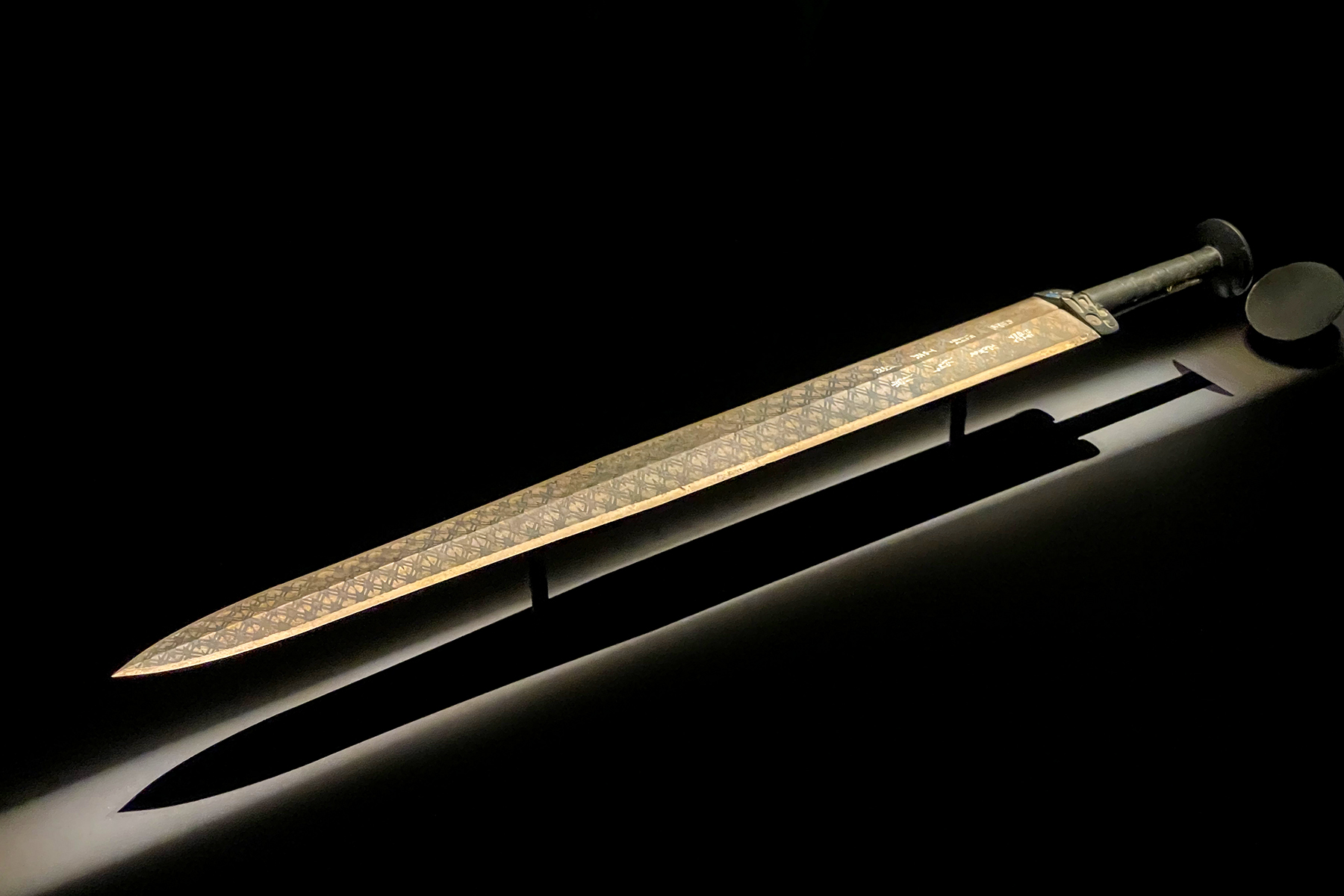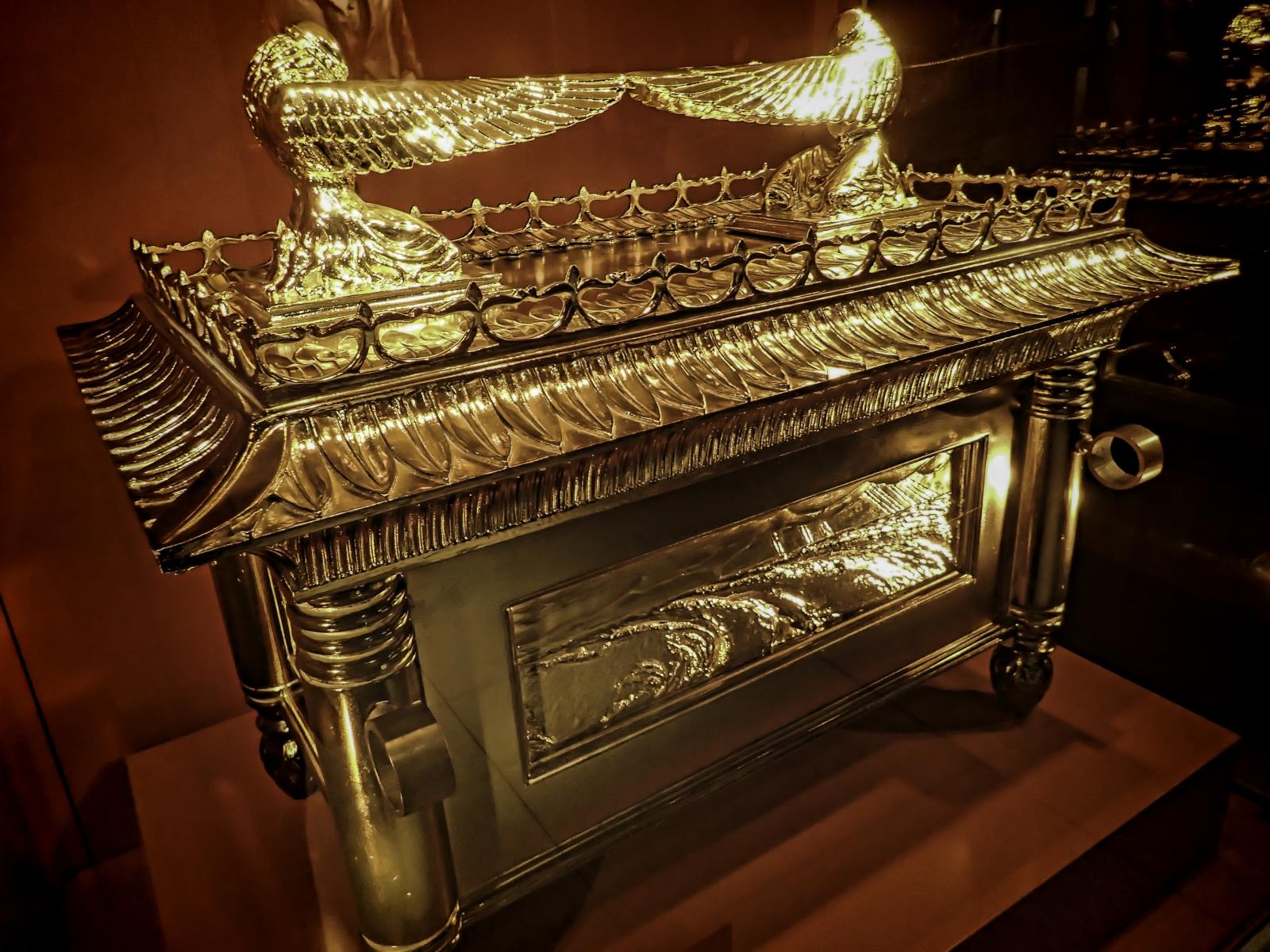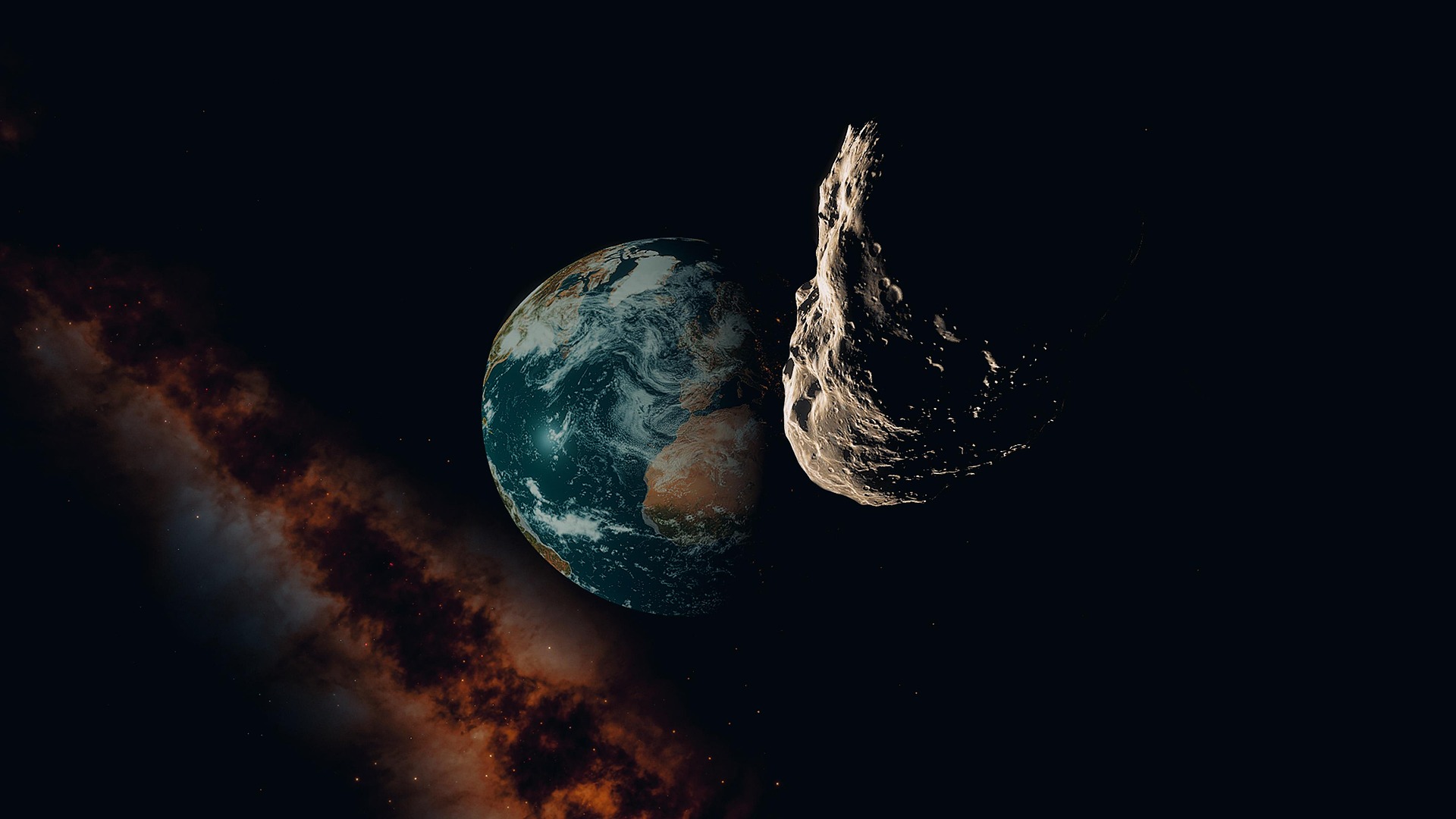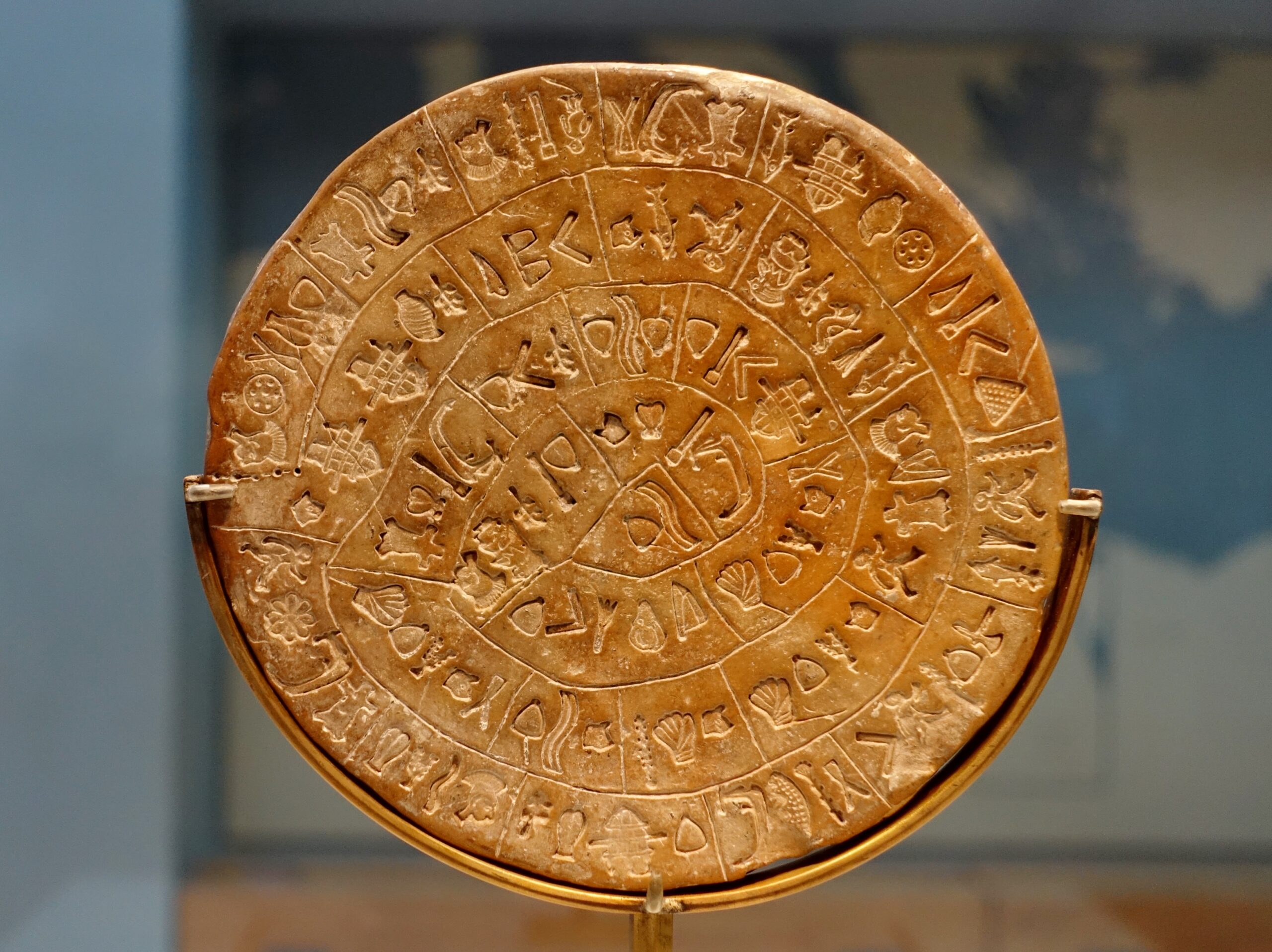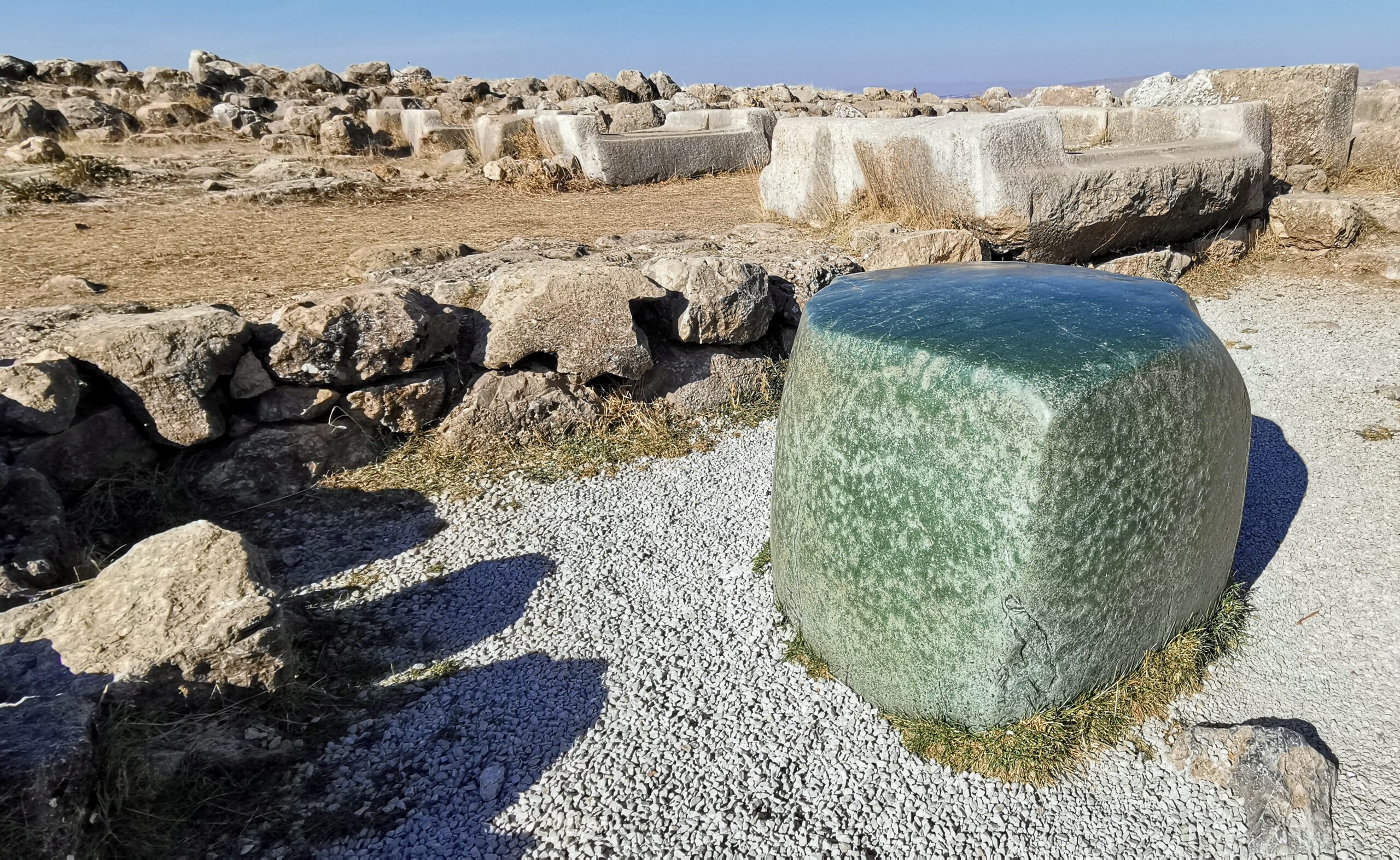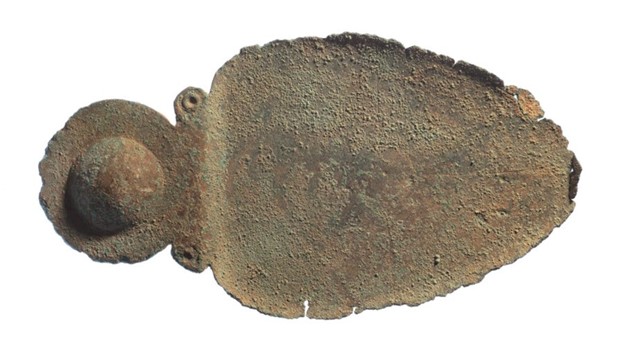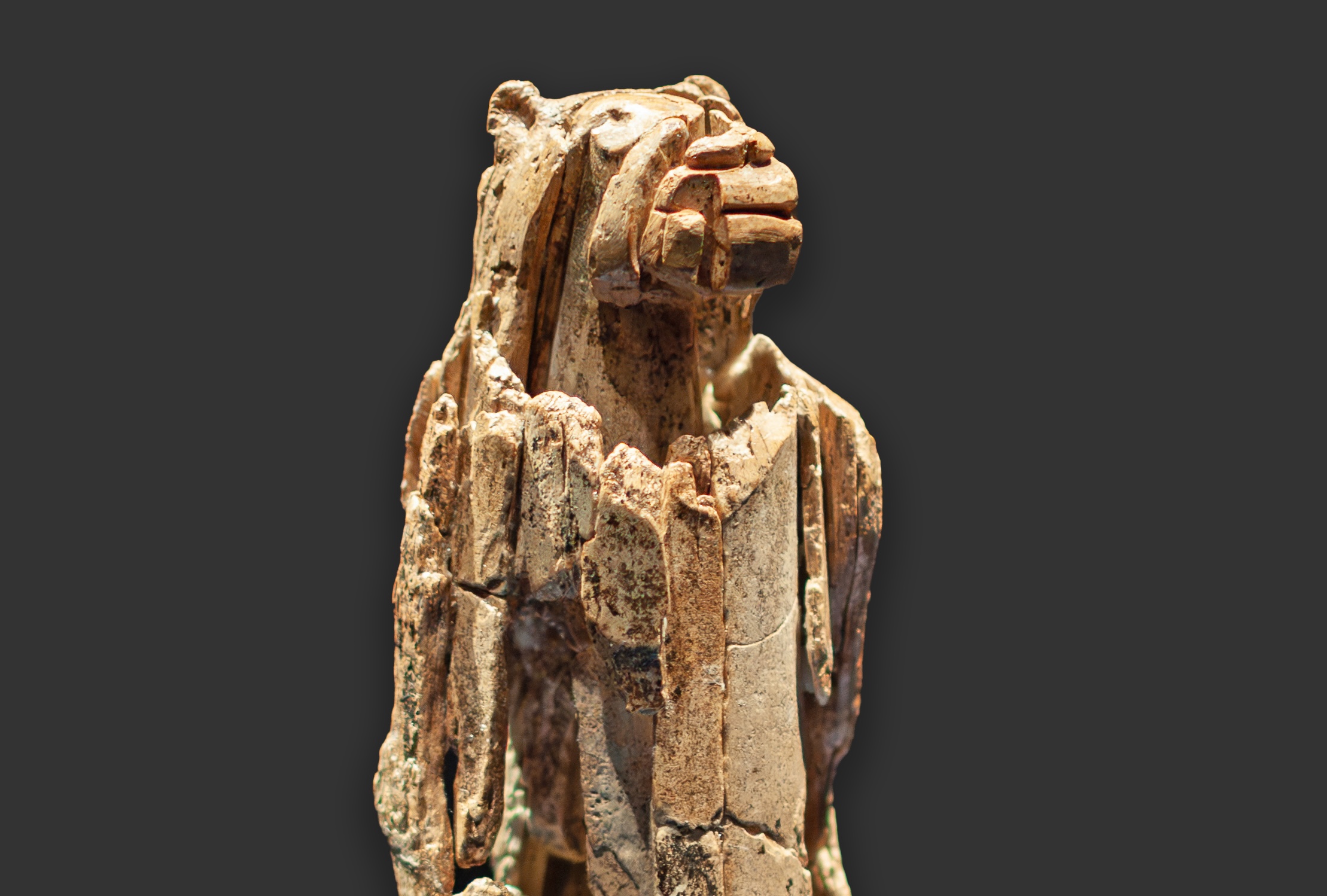
Few artifacts from the distant past reveal human creativity as clearly as the Lion Man, a small figurine carved during the Ice Age. Discovered in Germany’s Stadel Cave in 1939, this 11-inch ivory piece dates to around 38,000 BC, placing it among the earliest known sculptures. Shaped from a mammoth tusk, it combines a lion’s head with a human body, offering a glimpse into Upper Paleolithic minds. This blend of animal and human traits raises questions about its role as art, tool, or ritual object that persist across millennia.
Unearthed in a Cave’s Depths
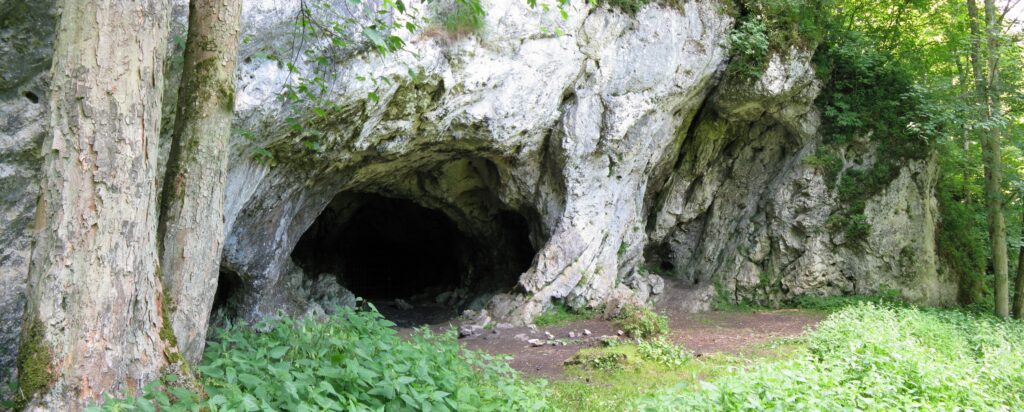
The Lion Man came to light on August 25, 1939, when Otto Völzing dug into Stadel Cave in southern Germany’s Swabian Jura. He found over 200 ivory fragments in a deep layer, scattered among flint tools and animal bones. Initial work paused as war broke out, but Joachim Hahn reassembled them into a 6-inch figure by 1969. Later finds in 1982 expanded it to 11 inches. Radiocarbon dating of nearby charcoal set its age at 38,000 BC, linking it to the Aurignacian culture.
Its discovery site, a limestone cave overlooking the Hohlenstein cliffs, held clues to its makers. These hunters tracked mammoth and reindeer across the region. The fragments rested near a hearth, suggesting a workshop or meeting place. That setting points to intentional craft rather than a casual discard, though its full meaning emerged only after decades.
A People of the Ice
The Aurignacian people shaped the Lion Man between 43,000 and 26,000 BC, thriving in a cold, rugged Europe. They hunted with flint-tipped spears and lived in caves or shelters amid ice sheets and megafauna like cave lions and bears. Their tools, from blades to needles, reflect skill, yet their art marks a leap forward. Figurines, beads, and flutes carved from bone and ivory show creativity beyond mere survival.
This group roamed a tundra-rich Swabian Jura, where caves provided refuge and resources. They worked mammoth tusks, a durable material from animals they hunted or scavenged. The Lion Man stands as their most striking creation, blending practical skill with a deeper intent that hints at early imagination.
Skill in Ivory and Stone
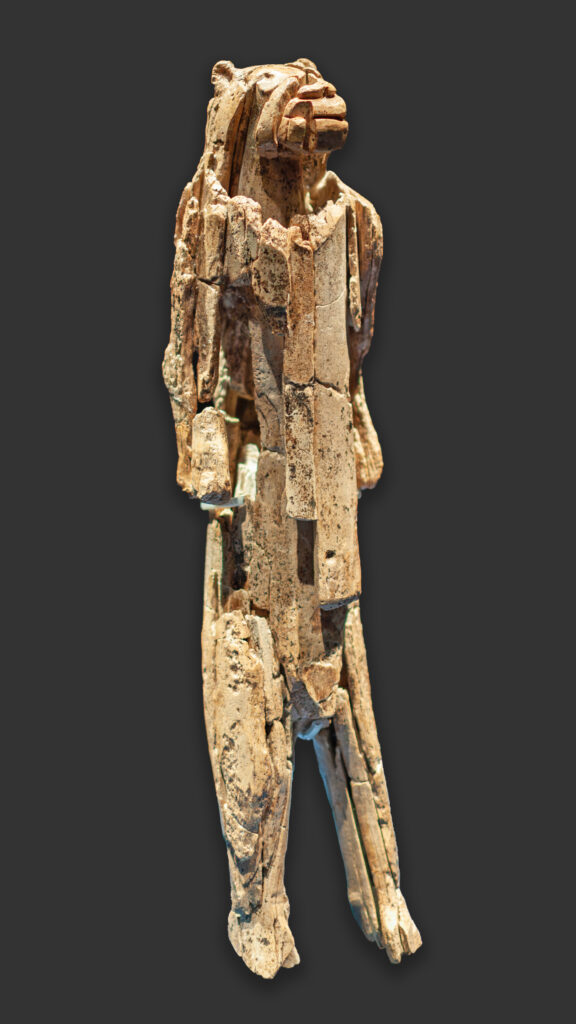
The Lion Man’s creation required precision and patience from its maker. Carved from a mammoth tusk’s tip, it stands 11 inches tall with a lion’s head atop a human frame. Flint tools scraped and cut the ivory, shaping a mane with fine notches and a torso with angled limbs. Its base curves slightly, suggesting it stood upright, perhaps on a ledge or in hand.
That work demanded effort—experts estimate 400 hours to split the tusk with wedges and grind it smooth. The figurine’s polish suggests abrasion with hide or sand, a step beyond basic cuts. Its detail, including eyes, ears, and a subtle snout, reflects a steady hand. This level of craft distinguishes it from simpler tools of the time.
Meaning in the Hybrid Form
What purpose drove this shape? The Lion Man’s lion head and human body suggest a symbol or ritual object rather than mere art. Some view it as a totem, merging human ability with a lion’s strength, a revered predator in their world. Others propose it aided shamans, bridging human and animal realms in rites, a concept common among hunter-gatherers.
Its cave setting supports this idea since it lay near a hearth, possibly used in gatherings or ceremonies. Yet no wear marks indicate practical use, leaving its role unclear—display, worship, or both? That hybrid form marks a bold step in thought, moving past daily needs into expression.
A Wider Craft Context
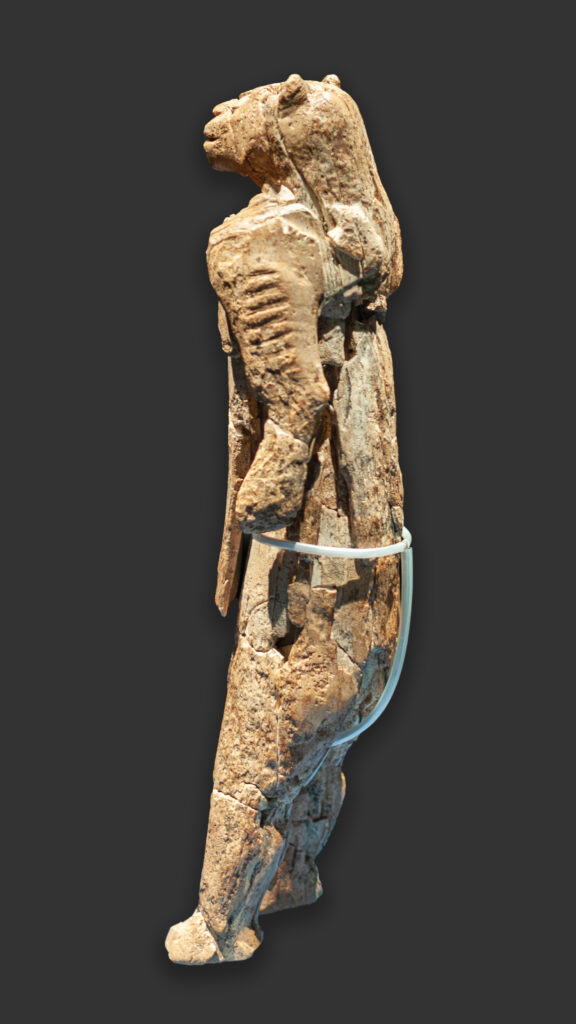
The Lion Man fits a broader Aurignacian pattern of art across Europe from 43,000 to 26,000 BC. Flutes from Hohle Fels, beads from France, and figurines from Vogelherd show a flair for craft during this era. However, its blend of human and animal sets it apart—most carvings depict pure animals like horses or bison. This rarity underscores its significance as a standout in Ice Age creativity.
Beyond Germany, it reflects a shift where art emerged alongside tools as human minds expanded. Flint blades sharpened hunts, while carvings shaped ideas. Did trade or travel spread this skill? No direct evidence ties it elsewhere, but its uniqueness hints at a broader cultural spark.
Preserved by Time’s Chill
The figurine’s survival owes much to Stadel Cave’s dry, cold depths, where it lay buried for 40,000 years. Ivory held firm in sediment, unlike bone that often cracks in damp air. The 1939 dig broke it further, but careful work since 1969 rebuilt its form. Now housed at Ulm Museum under glass, it offers a fragile link to a distant age.
That preservation stands out since few Aurignacian works endure—wood rots and hide decays quickly. The cave’s seal kept it intact, a fortunate chance amid Ice Age shifts. Its clarity today, with mane lines and limb curves, provides a direct view into a mind from 38,000 BC.
Questions Across Millennia
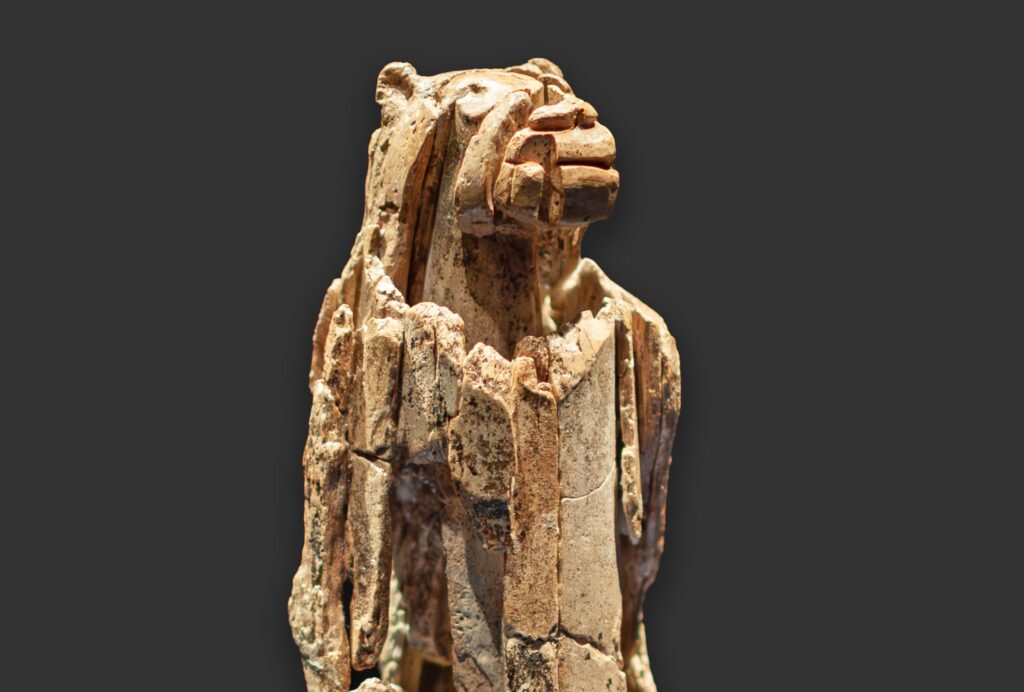
The Lion Man’s purpose remains uncertain because no texts or tools fully explain its role. Was it an artistic piece, a ritual object, or a symbol of power? Its cave find near a hearth suggests intent, yet the absence of use marks leaves questions open. Did one artisan shape it, or did many contribute over time? These answers stay buried too deep to reach.
Now standing in Ulm, the Lion Man holds its secrets close after 40,000 years. This Ice Age relic persists as a crafted puzzle, offering a glimpse too ancient to fully unravel. Each detail invites us to explore a past that shaped human thought across the ages.

